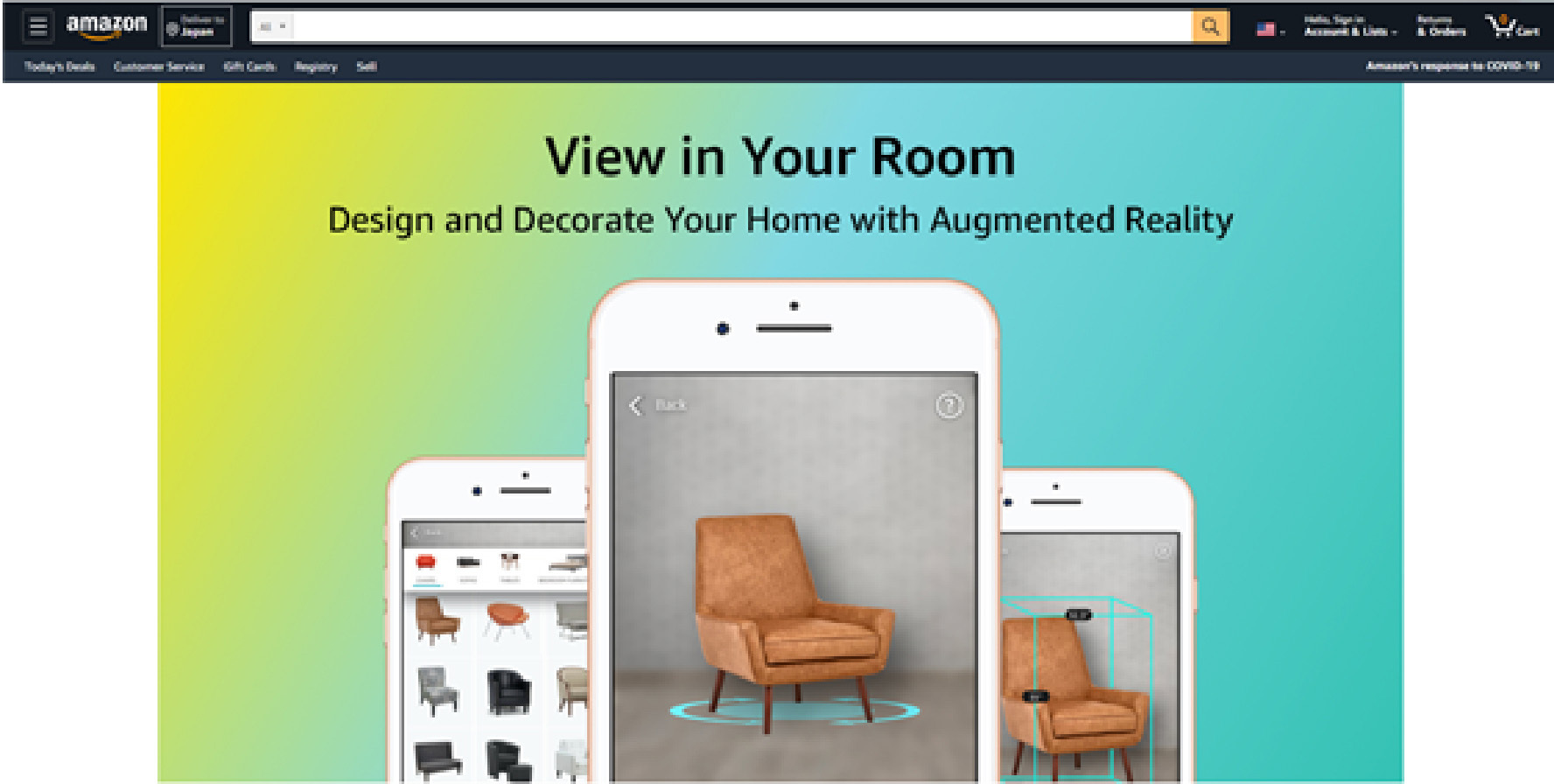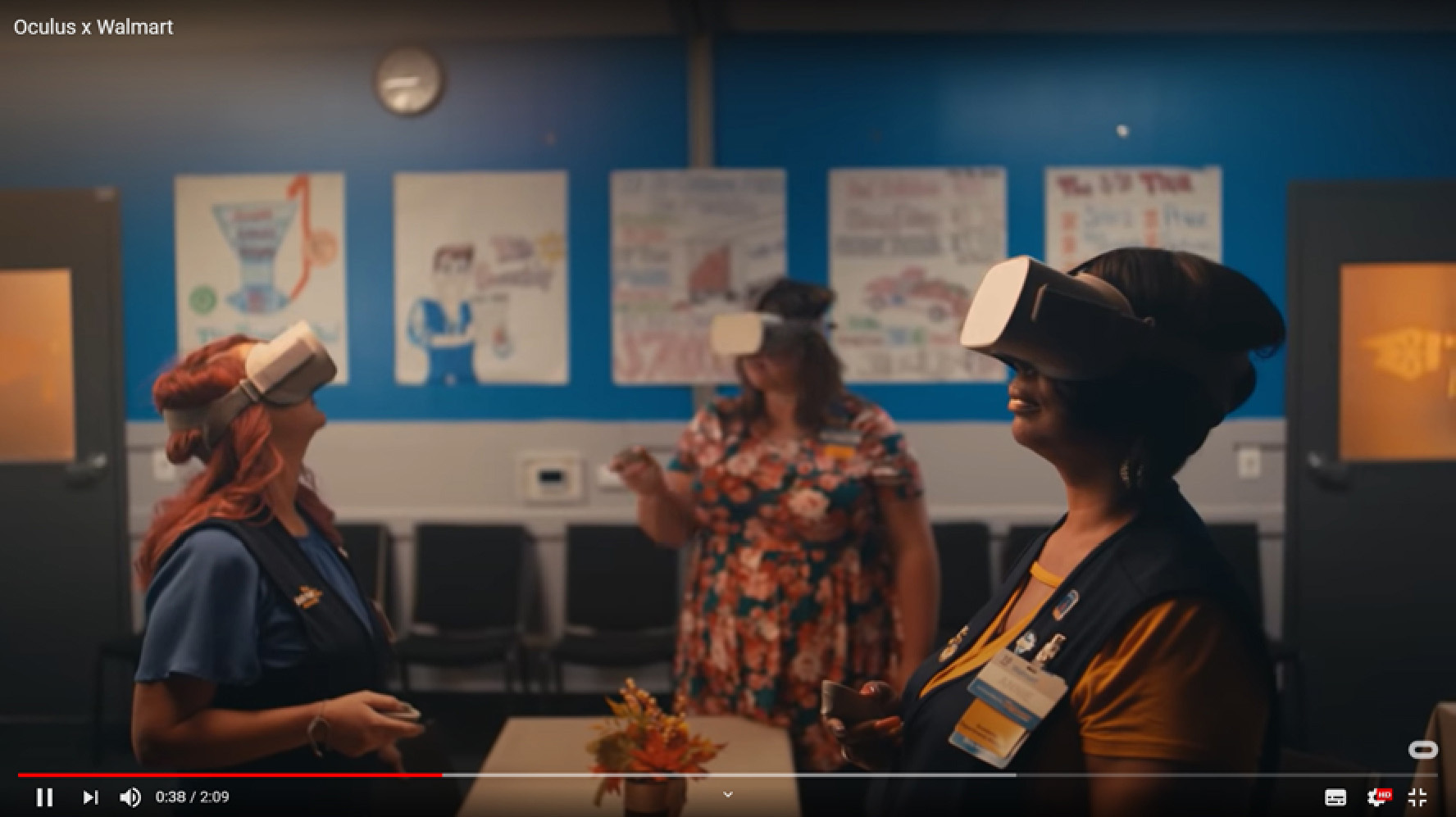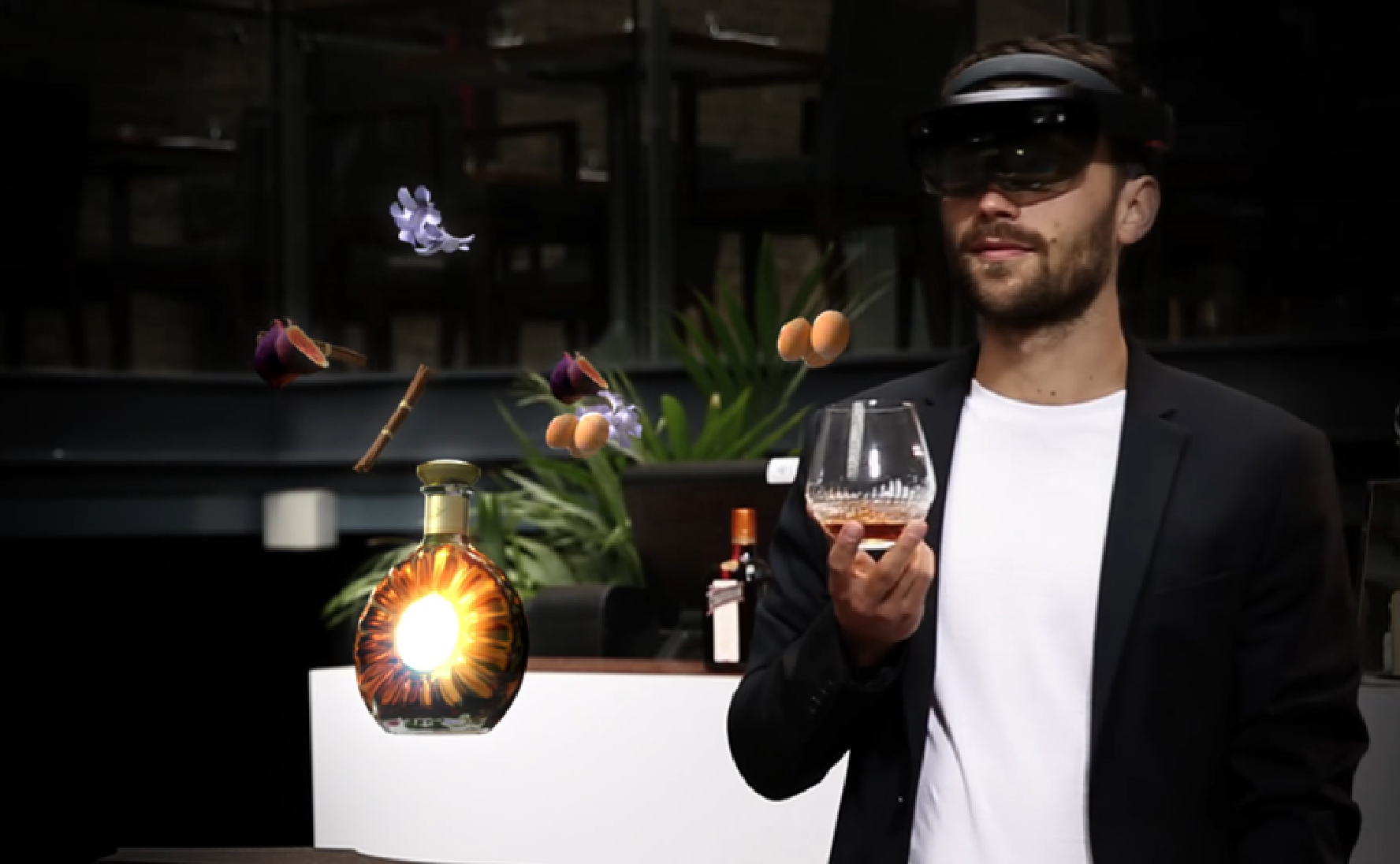Atsuro Yamada
Chairman and Representative Director
1987
Founded Gramco
In order to make more people aware of Gramco, we will be publishing a series of in-depth interviews on all branding-related topics. In this first installment of the series, we asked Gramco Representative Yamada to review the history of branding, and, in light of the current situation in Japan, how he thinks branding and technology should be fused together for the future.
Identify you Magazine Vol.1

In order to make more people aware of Gramco, we will be publishing a series of in-depth interviews on all branding-related topics. In this first installment of the series, we asked Gramco Representative Yamada to review the history of branding, and, in light of the current situation in Japan, how he thinks branding and technology should be fused together for the future.
-- First of all, could you tell us about your background and the reason behind founding the company.
Yamada
I originally worked at a general trading company and was involved in plant development in Algeria. I was building a plant on top of a mountain with the Sahara Desert in the background and Mediterranean Sea stretching out before me. The development steps I used during that time became the inspiration for the brand development menu we offer at Gramco today.
At that time, in the 1980s, even if various products were made and exported, in the end they were frequently subcontracted in the form of what was known as "processing trade." For example: Even if a scarf shop in Yokohama worked hard to produce scarves, in the end, they were sold under the name of a well-known French brand.
I also studied in France for a while, where I was particularly impressed by the design of foreign companies. I wondered how they could so skillfully combine the complementary colors of green and red. One of my goals was to enhance the appeal of Japanese companies and add value, so that they could sell their products with pride under their own name.
-- Looking back anew at the history of branding, what paths has it followed?
Yamada
The concept of corporate branding was introduced through the advocacy of David Aaker (a major figure in the marketing/branding world. Professor Emeritus, University of California, Berkeley). Until then, the term "brand" referred to product brands like P&G and Nestle. As generally known, it spread quickly in Japan when financial restructuring began at the end of the 20th century.
The concept of marketing originated in 1908 with the launch of the first Ford Model T. Along with this, there was also a movement to brand Ford itself, and ever since, marketing and branding have been closely intertwined. However, it was only marketing that came to the forefront. I think it can be said that the reason behind Aaker’s advocacy and the recognition that the ultimate goal of marketing is to increase the value of brands is that in an era of growing awareness about globalization in Japan, increasing corporate value has become a proposition for Japanese companies as well.
-- On the other hand, shifting our perspective to the present, the environment surrounding companies has changed dramatically due to the impact of COVID. How do you perceive this situation?
Yamada
The pandemic era will not end so easily. Even if this virus goes away, something else may arise. But the dawn will surely come. In terms of human history, we have encountered these challenges before. I think Japanese companies have been too meek in the midst of this pandemic. It may be part of Japanese culture to refrain from speaking carelessly, as the future is uncertain, but I think companies should be more proactive in expressing themselves. I think we need to challenge ourselves in various ways and demonstrate what we should be like after having overcome trials and tribulations.
According to one study (*1), ethical factors such as purpose (raison d'être) and integrity are three times more important than corporate competence itself in terms of earning people’s trust. One might say that in the future, companies that do not express their purpose will be weeded out. That’s how much purpose has become the norm, and I believe it will become an important thing for companies in order to pave the way for the future. I think that companies that have so far adopted a wait-and-see stance will now have to be bold and send out a message to the rest of the country and the world.
*1 Percentage impact of each factor on trustworthiness: ethics 76% (aggregate total of three factors: 49% integrity, 12% purpose, and 15% trust), competence 24%, from the 2020 Edelman Trust Barometer
-- Gramco has been transitioning to remote work since the end of February, and we are often asked how we should tackle internal branding within this environment. What can you tell us about this?
Yamada
I think it is inevitable that certain will promote remote work while others will not, depending on their business type and management mindset. In terms of internal branding, we have the significant advantage of being able to connect across borders and distances remotely. In fact, Gramco has received inquiries about online sessions that link our Asian locations. Although there is a language issue, we envision a cascade approach where English is used as the common language for the top management first, with content then translated into local languages for employees. However, internal branding, even in a remote environment, must be approached with the same fervor as external branding.
At that time, it will be absolutely necessary to improve the facilitators’ skills, an area that we will need to refine further in the future.
On the other hand, if a company has a manufacturing line, for example, an approach that incorporates everyone’s perspective is necessary, from top management to each and every employee who works there, increasing opportunities to gather opinions and hold discussions. Instead of skimming over issues on the grounds that communication is becoming more challenging, I think we need to communicate more deeply here. Even in the aforementioned methods that address the upper levels first, the approach must be broadened and expanded to every corner.
-- Next, from the aspect of technological advancements, let me ask how do you think the spread of technologies such as AR, VR, and mixed reality (MR)—a blend of these technologies—will affect branding?
Yamada
Gramco has long been offering a brand experience that integrates spatial branding, which is expected to be further promoted by the spread of technologies such as AR and VR. It is in these pandemic times that the deployment of various technologies seems to be accelerating.
-- For example, what types of case studies are there?
Yamada
Homebuilders and real estate sales have already begun offering virtual model homes and previews, with AR also making significant progress. From a consumer perspective, Amazon’s "View in your room" service seems particularly interesting. This application allows users to view a product in their room through their smartphone’s camera, making it appear as if it is physically present. From a consumer’s point of view, being able to physically confirm whether the product they want fits their room in terms of size and design is a positive factor in their purchasing decision.

Amazon View in your room https://www.amazon.com/adlp/arview
-- I see. It seems to be effective in helping companies establish closer contact with their customers. Are there any other examples of VR applications in businesses?
Yamada
Walmart seems to be a good example of the same. They are using VR glasses for simulation-based job training. In this way, what would traditionally require an instructor can now be accomplished independently, allowing individuals to experience various situations in the virtual world. They are leveraging this service because it reduces personnel costs and is anticipated to improve skills. It is a technology that is likely to play an active role in internal branding from now on, no matter where you are within the country or overseas.

Walmart VR training
-- It certainly seems to be suitable for human resource education. So what are the important points in utilizing AR and VR of this kind?
Yamada
It is, after all, all about the concept. I mentioned earlier that AR and VR could boost spatial branding, but you definitely need a concept first to design a spatial experience.
For example, the concept of Remy Martin, which sells cognac, is "Rooted in Exception," and to convey this concept, they held an event where visitors could learn about the manufacturing process of Remy Martin using Microsoft HoloLens. Actually being able to experience the manufacturing process as if the products were floating in the air must have been a new experience that could not have been obtained through video alone.

From the Remy Martin Brand Experience Project Explanatory Video
-- Constructing the concept is essential to building the brand experience, right? Finally, how do you see the future of branding evolving as a result of technological advancements?
Yamada
The effects of COVID has been felt in many ways. On the positive side, there are more opportunities for companies and customers to connect directly with each other. In this era, the key question is how companies can focus on customer engagement and empathy building. AR and VR, which were mentioned earlier as examples, will become even more popular as goggles become smaller and more portable. At such times, the role of branding is to create a consistent concept that serves as the axis and foundation for a company’s communication. Branding has immense potential, and if combined with and fully leveraged through technology, I believe the future of corporate activities will be bright.

Chairman and Representative Director
1987
Founded Gramco
Identify you Magazine Vol.09
2025.02.05
Identify you Magazine Vol.08
2024.02.07
Identify you Magazine Vol.07
2024.01.24